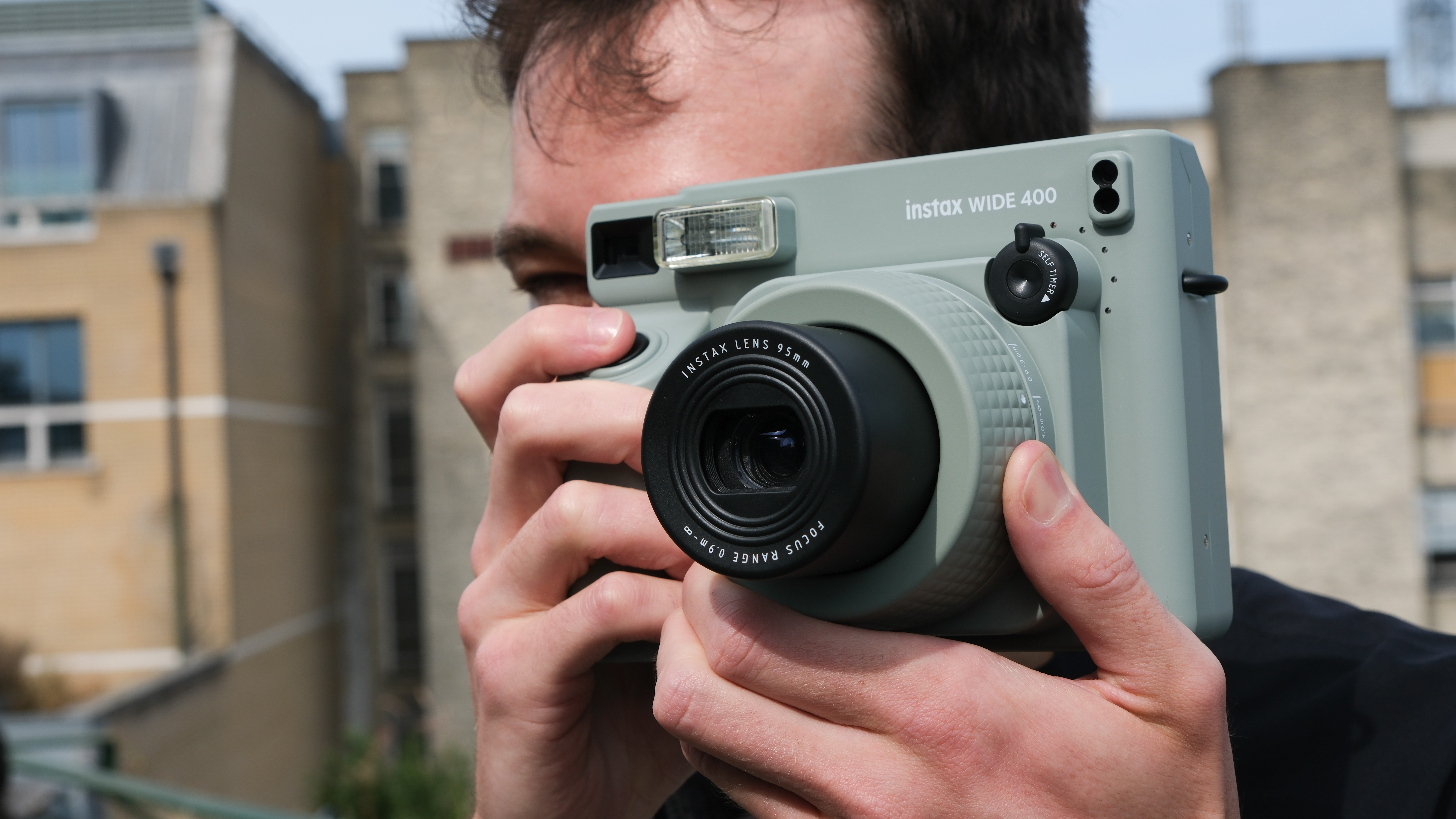
The world of instant photography has experienced a remarkable resurgence in recent years, driven by a blend of nostalgia and the allure of tangible, immediate photo prints. Among the most prominent players is Fujifilm, whose Instax series has captured both casual users and photography enthusiasts.
There are three Instax print sizes – Mini, Square, and Wide. However, the Instax Wide format, the largest of the Instax print sizes, seemed to have faced an uncertain future with the last Wide camera – the Instax Wide 300 being discontinued.
The increased size of the Instax Wide prints, measuring 86 x 108 mm, provides a more immersive size for capturing group photos, city scenes, and landscapes, which are not possible to achieve using smaller Mini film, and with the Instax Wide Link printer being enduringly popular it is perhaps unsurprising that Fujifilm has decided to revive the Wide format camera with the new Instax Wide 400.
A departure in design from previous Instax Wide cameras and offering up a few new tricks, is the Instax Wide 400 enough to reignite the format's popularity?
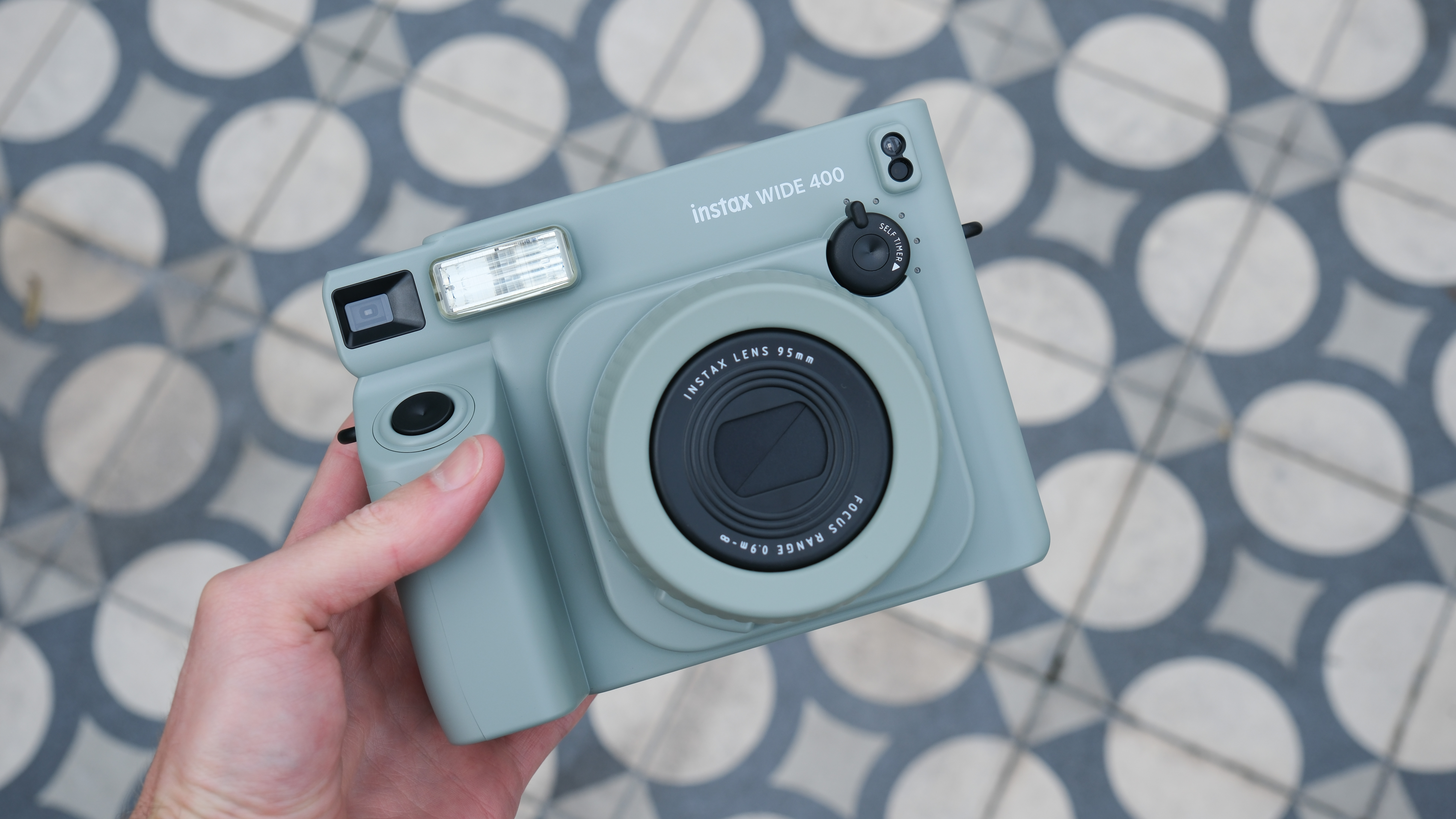
Instax Wide 400: Specifications
Instax Wide 400: Price
The Instax Wide 400 costs $149.99 / £129.99 / AU$229.99 at launch, which is in line with other Instax cameras, and I think this is a fair price. The build and features are not up to the quality of the recent Instax Mini 99, which is the best-designed Instax camera yet, but also the most expensive, and is more on par with cameras like the Mini 12 or SQ1. Importantly the camera remains in impulse purchase territory and is affordable enough to pick up a couple for a wedding or event.
Instax Wide 400: Design & Handling
The Wide 400 has some very welcome design changes. First and foremost, the odd protrusions for the viewfinder and the grip are gone, with the Wide 400 fitting into a smooth-sided rectangle. I really was not a fan of the bulbous bits of the Wide 300, so I am very glad to see them gone, and the Wide 400 looks so much better for it. The design is more chic and minimalist, but it still has a pleasing retro vibe to it – but instead of imitating vintage cameras, the Wide 400 could be straight out of the 1980s.
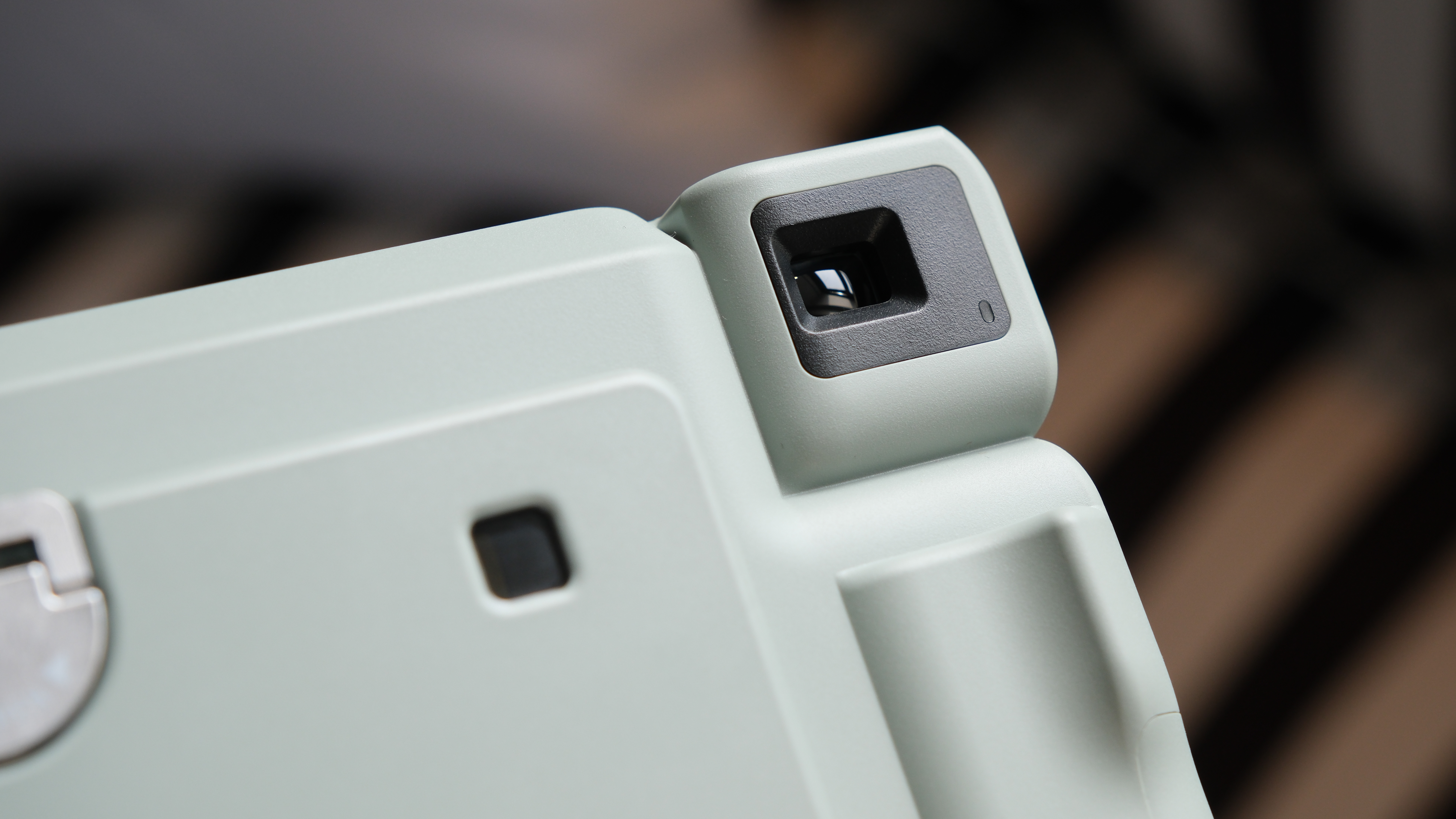
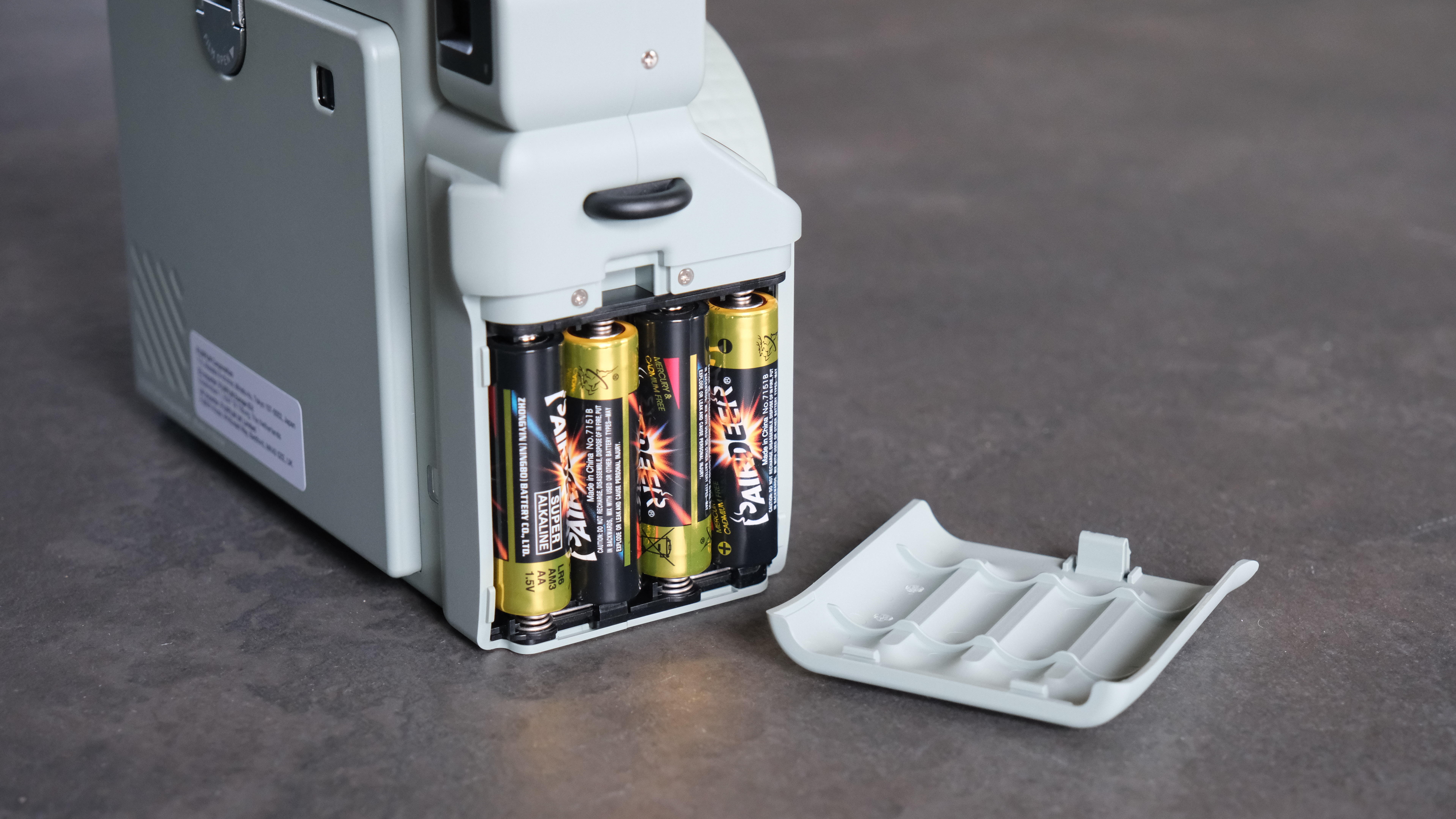
The grip might have moved inwards, but it still has a good depth to it and is easy to cling onto as this is the biggest of the Instax cameras currently in the lineup. And that is the main issue with the Instax Wide 400, it is still such a big camera. There is very little Fujifilm can do to shrink it down as it is just physics having to squeeze in the optics and print mechanism, but unlike the Mini 12 or Mini 99, this is not a slip-in-a-bag and take-anywhere sort of size.
The shutter button resides on the top of the grip. The viewfinder has moved from the right of the camera to just above the grip on the left, this is the opposite of what is usual on rangefinder cameras and is taking a little to get used to. Although I found it was still quite comfortable to use with either eye.
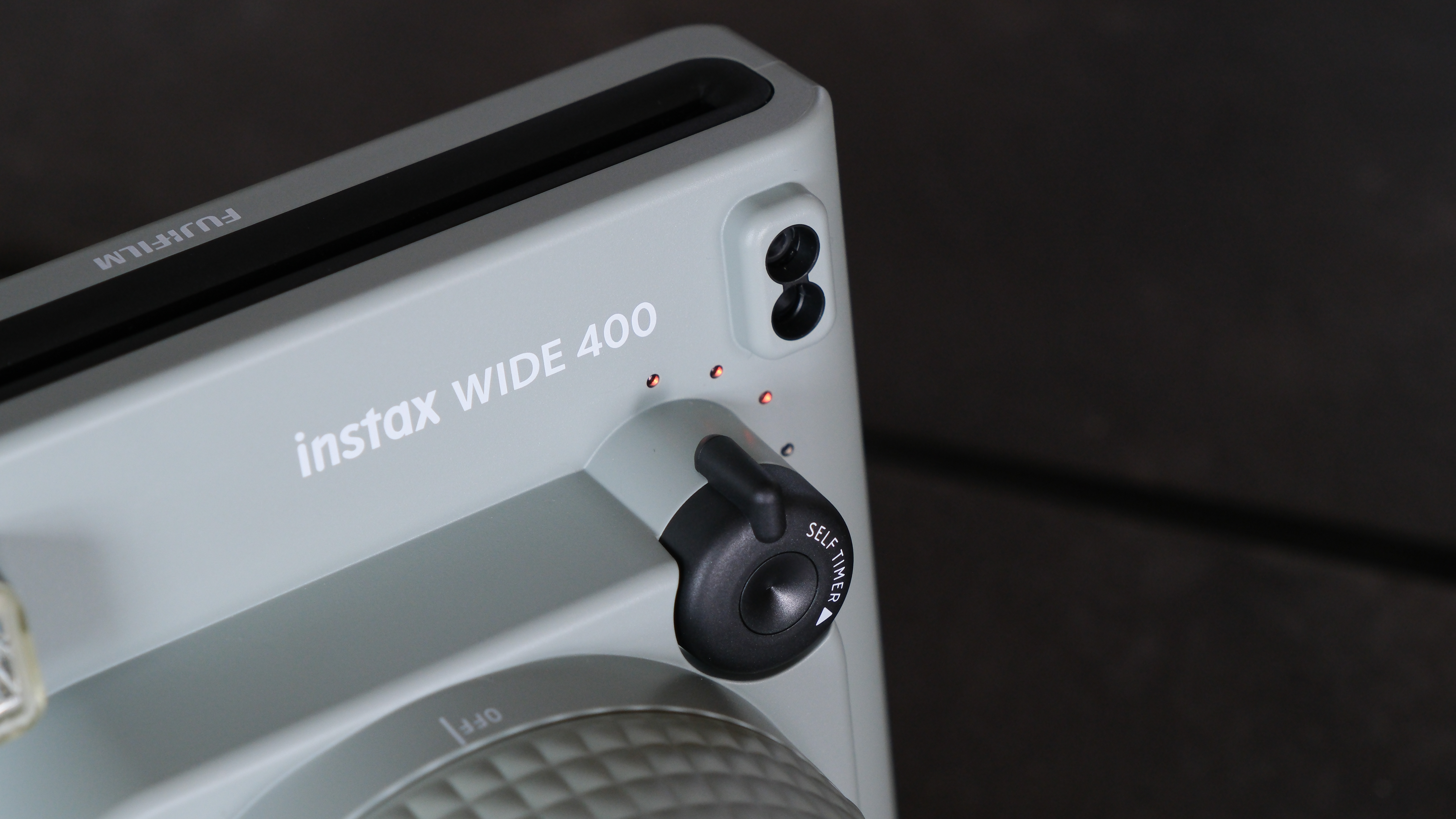
The biggest new addition to the body is the new self-timer lever, which will instantly feel familiar to most who have shot with film cameras. It is a simple premise – wind it around clockwise and watch it count down, there are also small LEDs to aid the process with each LED corresponding to 2 seconds of timer (maximum 10 seconds). The level also makes an audible ticking noise, which I could easily hear in a busy room full of camera journalists.
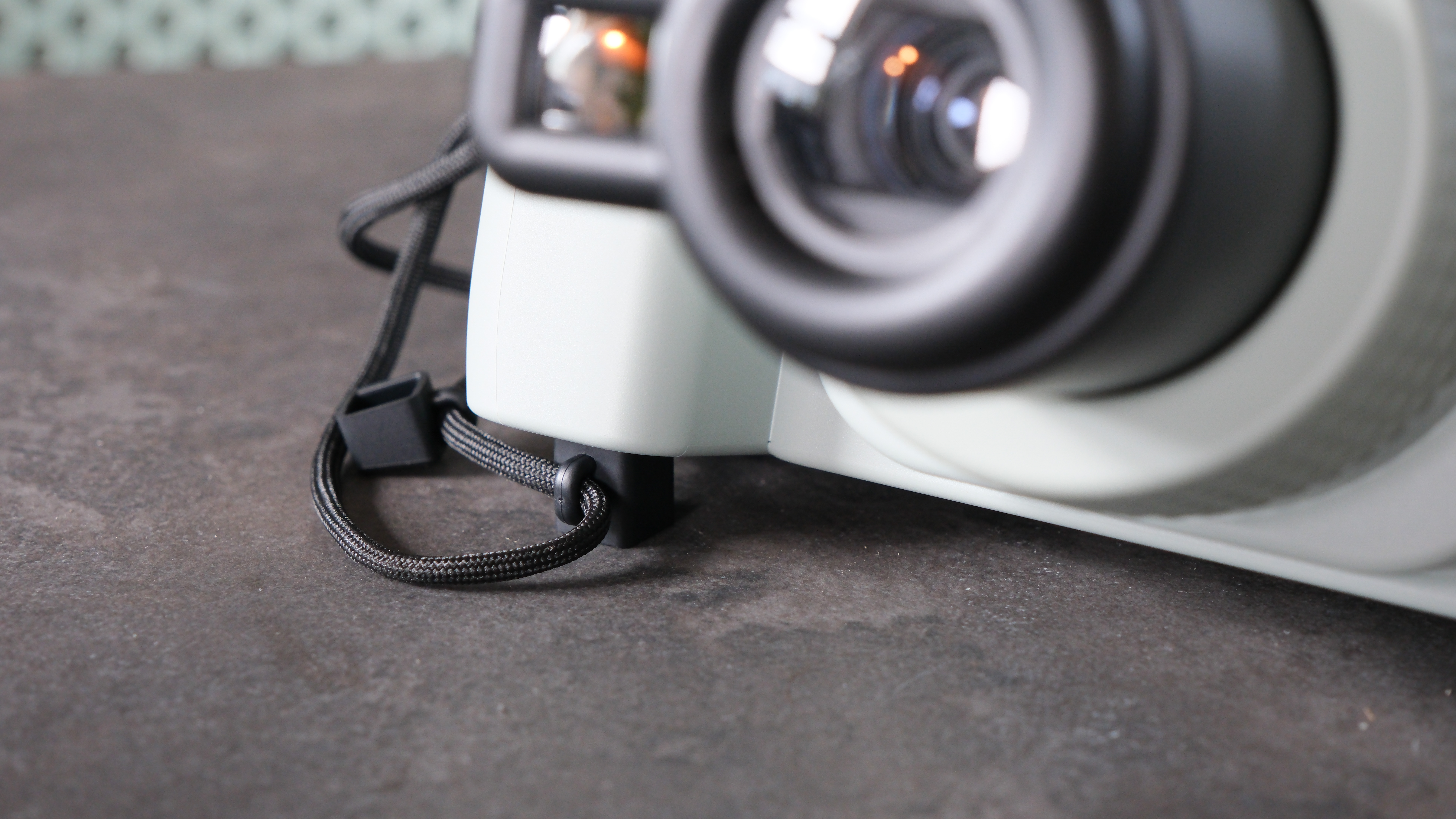
One clever little feature that might go a little under the radar is the new angle adjustment accessories on the camera strap, these are two different sizes of wedges that can prop the camera forward or backward for a different angle. It's a very simple idea, and as I have been guilty of stacking coins, Blu-tac, or various other things under my camera to get a slightly elevated angle, I could have used something like this.
Instax Wide 400: Performance
While Instax Mini prints are cheaper and more sharable, when it comes to instant prints, I always think bigger is better. I usually shoot Instax Square images, as I associate the classic Polaroid as the perfect size print. The Instax Wide format is the closest in size to standard Polaroid pictures, although where Polaroids are square, the Instax Wide is well – wide, in fact, it is double the width of two Instax Mini prints.
With twice the space it allows for more details to shine through, whether this was more of the area surrounding my subject, or just allowing me to get more of my subject or subjects in the frame, and I felt less limited in what I could shoot. Whereas day to day, the Mini might still be the best Instax camera to slip in a bag, I think the Wide 400 is the perfect Instax camera for weddings and events where you want to capture a lot of large group shots, but also the atmosphere of the event.

Instax prints are still Instax prints, they aren't going to rival a print from a digital camera. The Wide 400 does very well nailing the automatic exposure and automatic flash, and the zone focusing system was very reliable, except when I got a little too close to my subjects. I shot with the camera both inside and outside in different lights, and out of the two packs of film I shot only one image was not within what I would consider correctly exposed (and usable on social media).



Instax Wide 400: Verdict
The Instax Wide 400 marks some big improvements in terms of design over its predecessor – the Instax Wide 300. The camera boasts a far more aesthetically pleasing look and shape, with the strange bulbous bits on the side of the previous model gone for a more boxy silhouette. However, it is important to note that while the style of the camera might have had an overhaul, the size has certainly not.
Boy is it a big camera. The Wide 400 retains its substantial proportions, which really limits its portability – this isn't as easy to slip into a bag and head down to the beach as an Instax Square or Mini camera. Although I'm not saying you can't, but if you don't intend on moving around with the camera a lot, such as at a wedding table, then you'll probably get along with the Wide 400 more.
The camera is also only available in green though, it's a nice green, but it would be nice to have a little more choice.
However, the new design also introduces some practical additions, such as a selfie timer for all the group portrait lovers out there, there is also a cool little angle adjustment wedge attached to the strap that can slip under the camera and prop it up for capturing photos from better perspectives. And of course, the photos themselves! The Wide 400 produces classic-looking instant prints with a really reliable success rate in focus and exposure, and the benefit of a big camera, is big prints that can capture everything and everyone. If you want the largest instant prints at the best quality, then this is the camera you need.
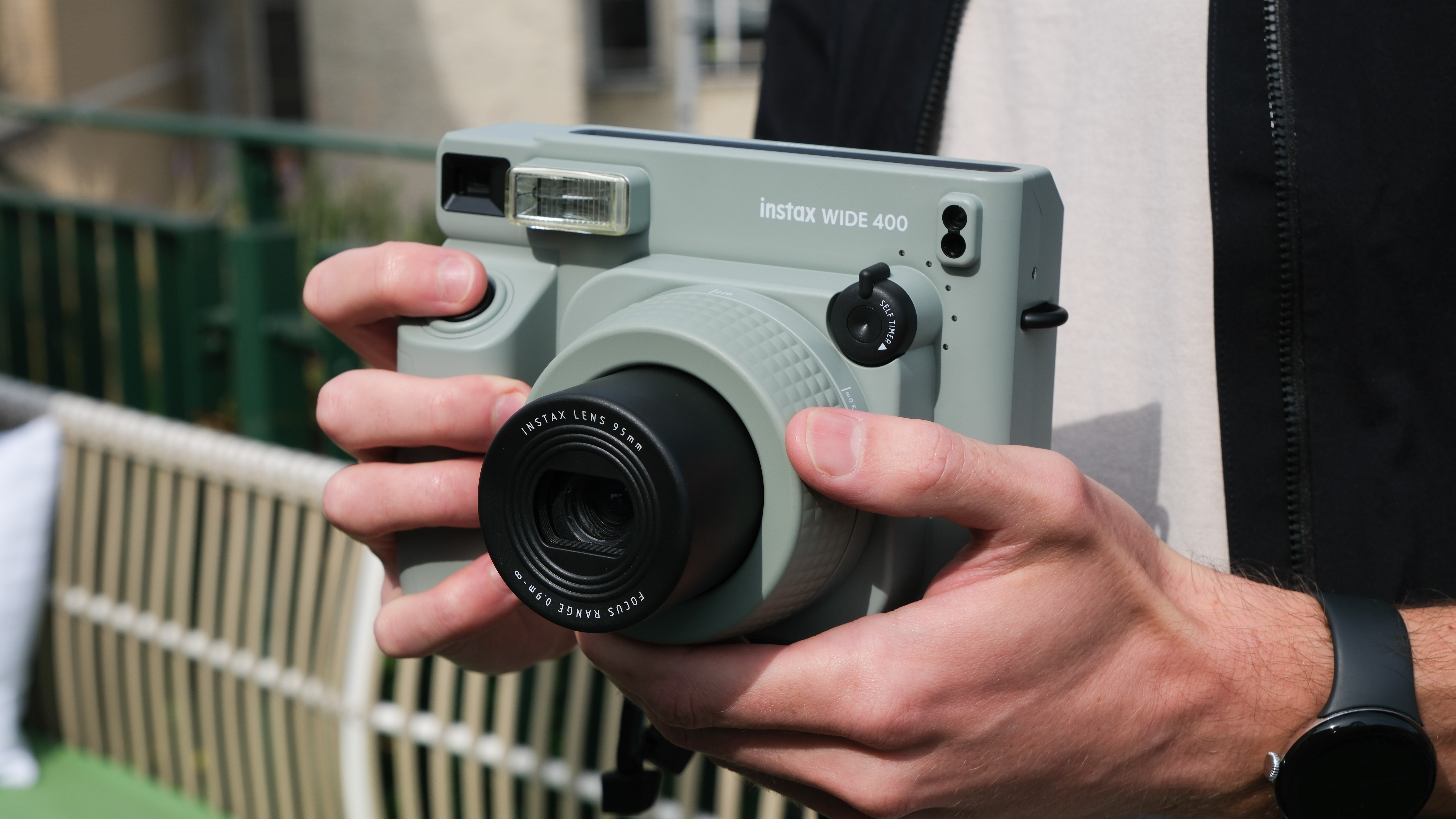
✅ Buy it...
- If you love the wide perspective of Instax prints then this new Wide 400 is your only choice in the lineup with the Wide 300 discontinued.
- If you want a camera for more static events like a wedding table where the size of the camera is less of an issue.
🚫 Don't buy it...
- If you are looking for a camera that is easy to travel with then the Wide 400 will take up the better portion of any backpack.
- If you want to share shots online, social media favors portrait or square perspective images.







